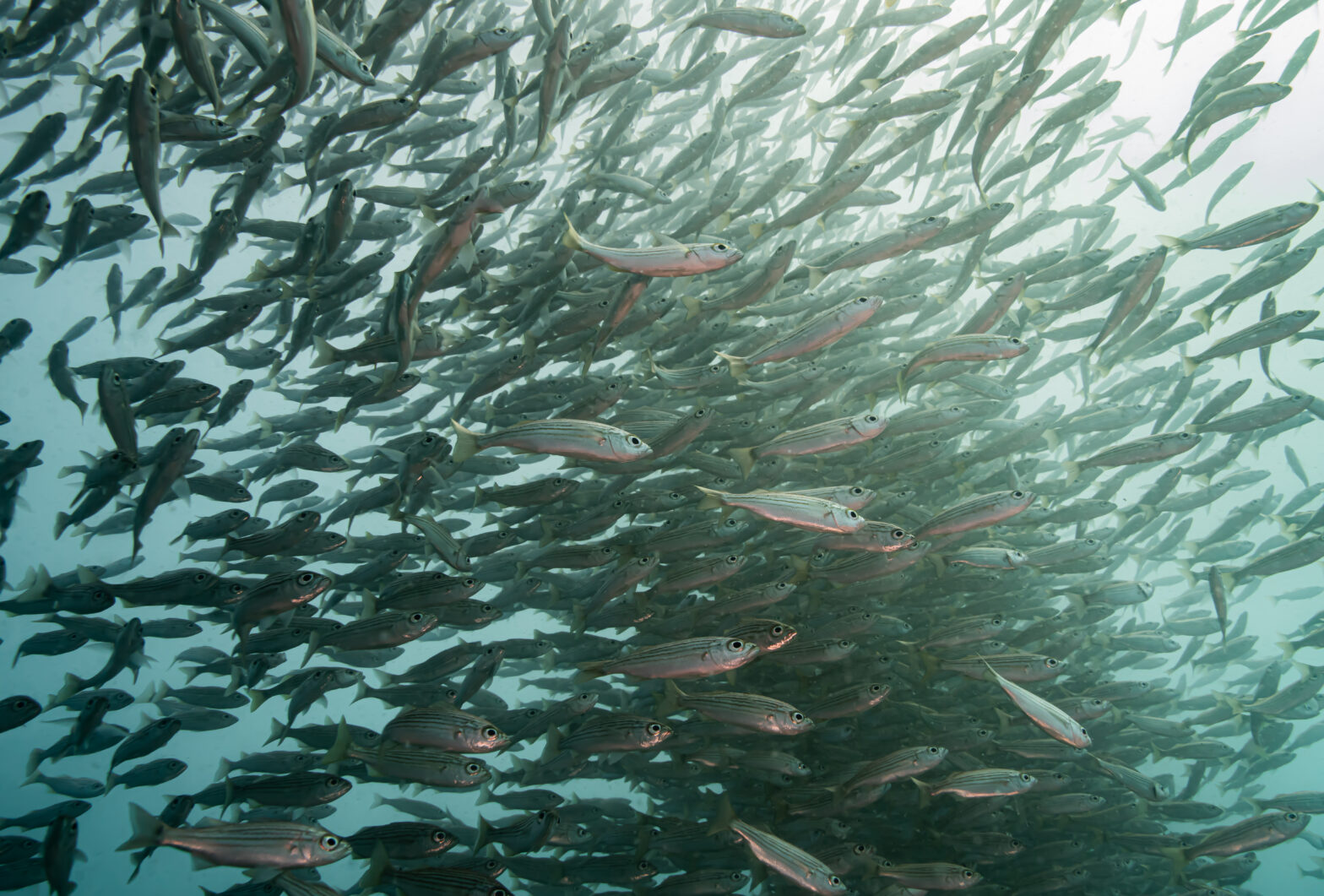If you are at a beach along Santa Monica Bay it’s very likely that the sand and other fine sediment that you see on the beach extend well past the waves to very impressive depths of more than 1,000 feet, (300 meters). This large, sandy plain may support eelgrass beds, large deposits of squid eggs, burrowing crabs, bat rays, halibut, and other flat fish. The soft bottom is the largest habitat on the bottom of Santa Monica Bay. Soft bottom is less productive and diverse compared with the rocky reef/kelp forest that it borders. That shared, many fish use both habitats as they grow older, or as part of a daily pattern of movement.
The soft bottom, being deep, isn’t as dynamic as the sandy shore, as the energy from waves lessens with depth. With enough sunlight and a reduction in wave energy eelgrass beds can form. These beds are usually between 20 and 70 feet, (7 to 23 meters) in depth. The eelgrass itself expands across the bottom with ‘rhizomes’ that connect the blades of the eelgrass and the roots. The rhizomes form a mat that can trap sand and hold the eelgrass bed together. The blades of the eelgrass grow to 2.5 feet, (75 cm) in length. Within this dense grassy meadow, the water slows, sediment drops out, organic material rich in carbon accumulates, and the grass creates a habitat.
Very little scientific study of these offshore eelgrass beds has been conducted. Data from the 1960s-1970s suggest that there was once much more eelgrass in Santa Monica Bay than exists today. Currently eelgrass beds in Santa Monica Bay grow off of Malibu and north and west towards the Ventura-LA County line. Annual surveys by teams of biologists are mapping the extent of the grass, counting fish and invertebrates, and measuring light, temperature, and oxygen to learn more about the condition of this habitat.
